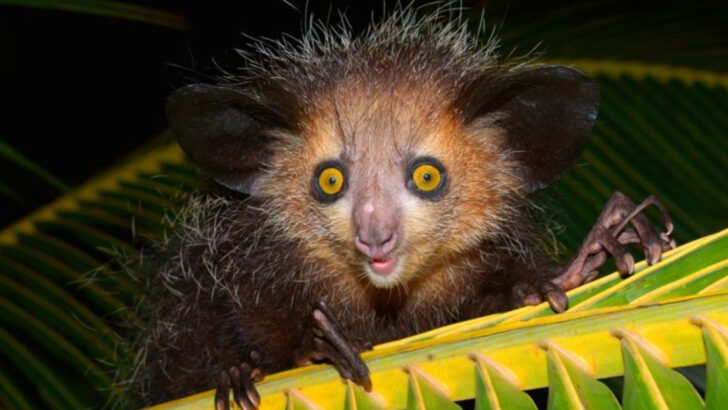The night is no ordinary time. It’s when the world shifts, and a hidden army of creatures takes over. While most of us sleep, the darkness pulses with life, as animals that rarely see the light of day come to life.
From the haunting whispers of the nightjar to the shadowy movements of the civet, these nocturnal animals are built for the night. Their eyes, ears, and instincts are finely tuned to a world where daylight never touches.
Step into the quiet chaos of the night, where every rustle holds a secret and every shadow hides a story. These 25 animals are the night’s true masters, thriving in the darkness, unseen but always watching. Ready to meet them? Let the adventure begin.
Aardwolf
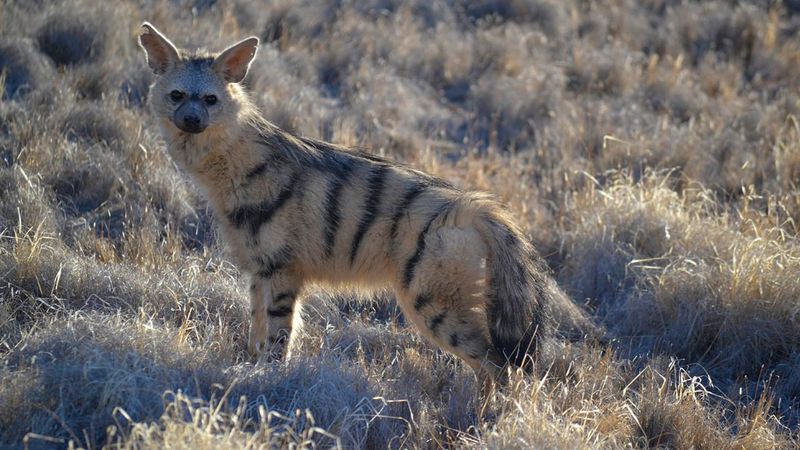
The aardwolf is a peculiar member of the hyena family, though it leans towards the gentler side of the spectrum. Native to the African grasslands, this nocturnal creature feeds primarily on termites, using its long, sticky tongue.
With its slender body and striped coat, the aardwolf is a shy and elusive animal often heard rather than seen. By night, it emerges from its burrow, scouring the savannah for termite mounds.
Despite being a hyena, it lacks the bone-crushing jaws of its relatives, instead preferring a diet of soft insects.
Pangolin
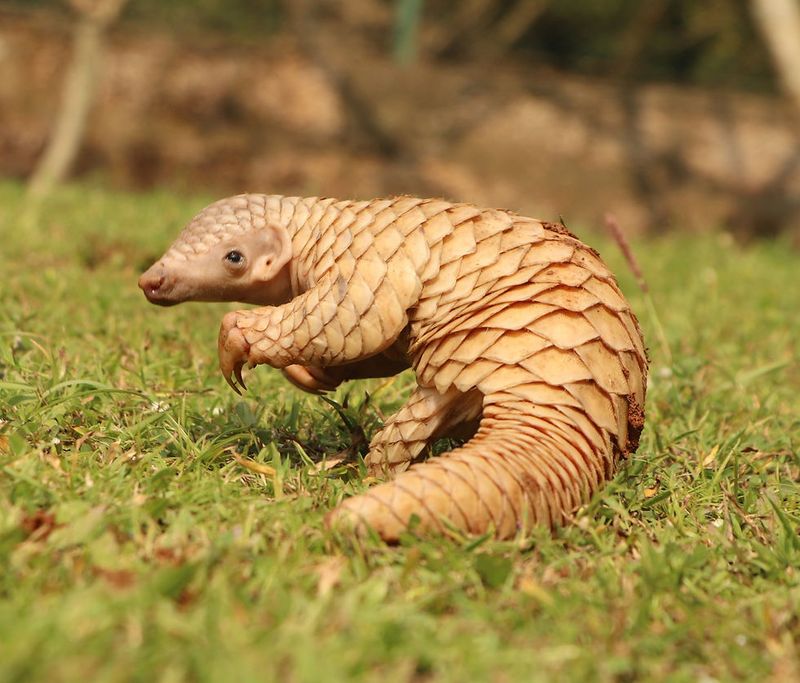
Pangolins are unique, scaly mammals found in parts of Asia and Africa. Known for their armor-like scales, they are primarily nocturnal and solitary creatures.
Under the moonlit sky, pangolins traverse the forest floors searching for ants and termites. They use their long, sticky tongues to capture prey, much like an anteater. Unfortunately, these fascinating creatures are critically endangered due to illegal poaching and habitat loss.
Their defensive ball-rolling ability, while useful against predators, offers little protection from human threats. Conservation efforts are underway to protect these remarkable nocturnal mammals.
Fennec Fox
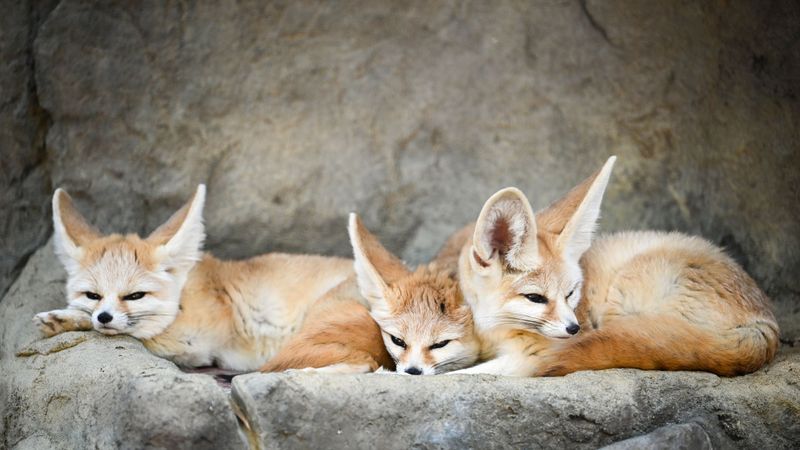
The fennec fox, with its oversized ears and sandy fur, is a true desert dweller. Native to the Sahara, this small fox is well-adapted to the harsh, arid environment.
As a nocturnal creature, the fennec fox avoids the sun’s blistering heat, emerging at night to hunt small prey and forage for plants. Its large ears are not just for hearing; they also dissipate heat, helping the fox stay cool.
The fennec’s nocturnal lifestyle and distinctive appearance make it one of the most captivating creatures of the desert night.
Slow Loris
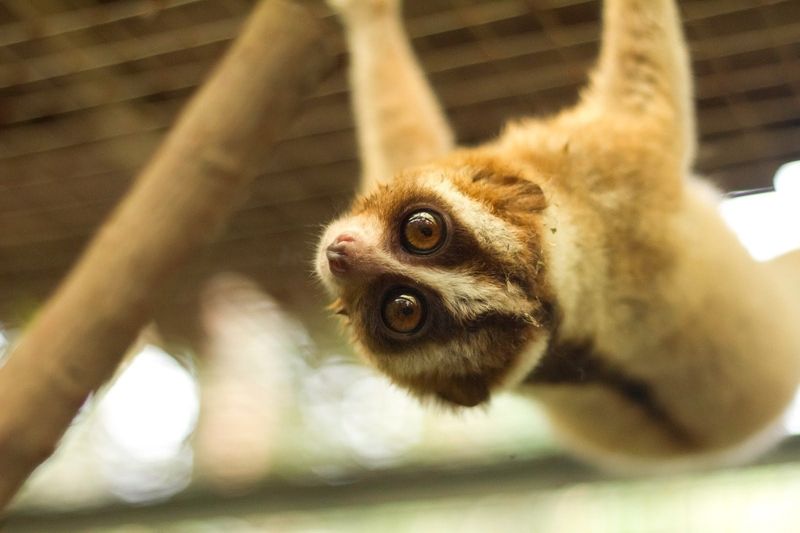
The slow loris is a small, nocturnal primate known for its big, round eyes and deliberate movements. Found in the rainforests of Southeast Asia, it spends its nights navigating the treetops in search of insects, fruit, and small animals.
This creature’s captivating gaze is aided by its large eyes, which are perfectly adapted for night vision. Despite its adorable appearance, the slow loris possesses a venomous bite, a rare trait among mammals.
Sadly, the slow loris faces threats from illegal wildlife trade and habitat destruction, making conservation efforts crucial for its survival.
Aye-Aye
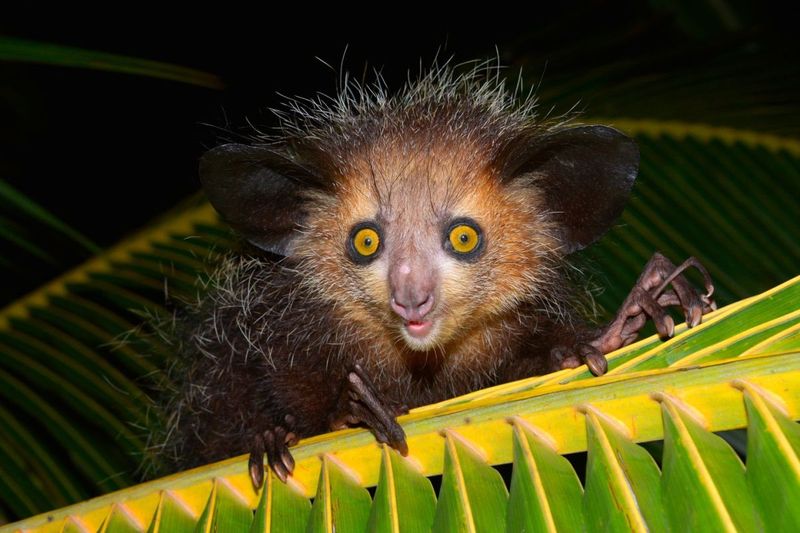
The aye-aye is an unusual lemur native to Madagascar, recognized by its distinctive features and nocturnal habits. Its most notable characteristic is an elongated middle finger, used to tap on trees and locate insect larvae.
With large, probing eyes and bat-like ears, the aye-aye spends its nights foraging in the rainforest. Despite its eerie appearance, the aye-aye plays a crucial role in controlling insect populations.
Unfortunately, its peculiar look has led to superstitions, causing it to be killed in some areas. Conservationists work tirelessly to protect this extraordinary species from extinction.
Kiwi
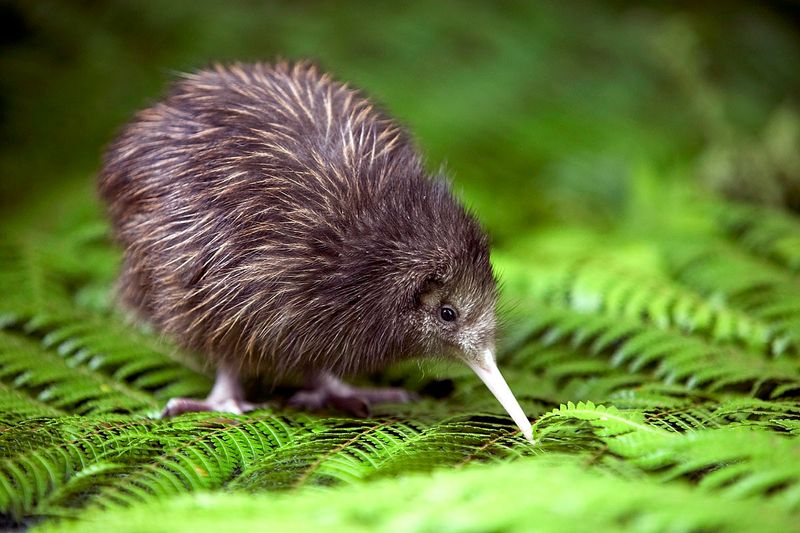
The kiwi is a flightless bird native to New Zealand, renowned for its nocturnal lifestyle and unique appearance. With a long beak and small wings, it resembles no other bird.
The kiwi forages the forest floor during the night, using its keen sense of smell to locate insects and worms. Unlike most birds, the kiwi’s nostrils are located at the end of its beak, aiding in its nocturnal hunting.
Despite its endearing nature, the kiwi is threatened by habitat loss and introduced predators. Conservation efforts are essential in preserving this national symbol of New Zealand.
Bilby
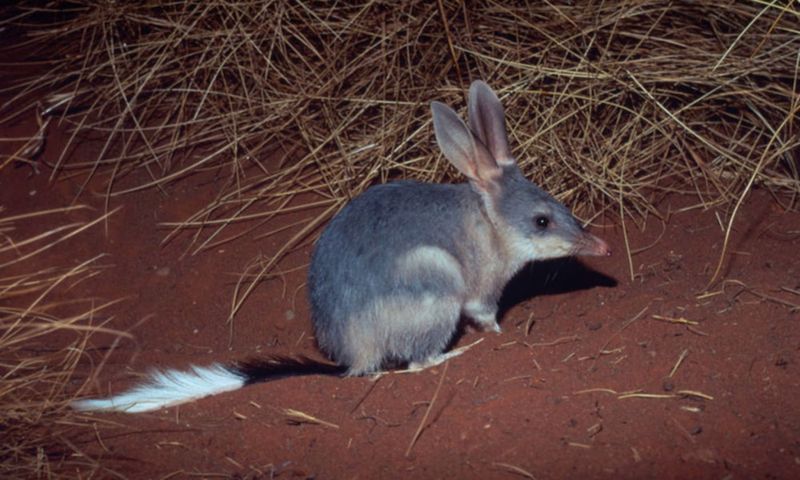
The bilby, also known as the rabbit-eared bandicoot, is a remarkable marsupial found in the arid regions of Australia. With its long ears and silky fur, the bilby is perfectly adapted to a nocturnal lifestyle in the harsh outback.
Emerging at night, it digs in the red soil in search of insects, seeds, and bulbs. The bilby’s large ears not only enhance its hearing but also help dissipate heat.
Efforts are underway to protect this vulnerable species from threats such as habitat destruction and invasive predators, ensuring its survival in the wild.
Kinkajou
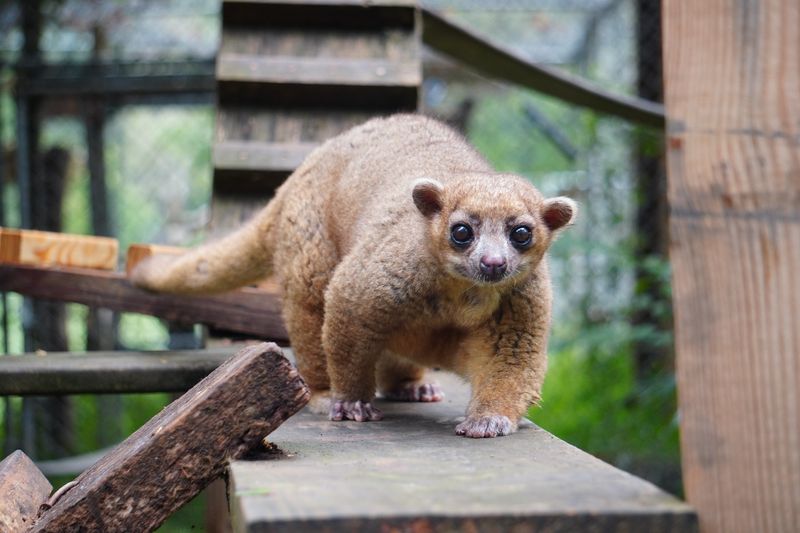
The kinkajou is an arboreal mammal native to the rainforests of Central and South America. Often mistaken for a primate, this nocturnal creature is more closely related to raccoons.
With its prehensile tail and big eyes, the kinkajou navigates the treetops with agility. By night, it feeds on fruit, nectar, and small animals. Its long tongue is specially adapted for lapping up nectar, making it an important pollinator.
Despite its endearing appearance, the kinkajou is rarely seen in the wild, as it spends its days hidden away in the dense canopy.
Tarsier
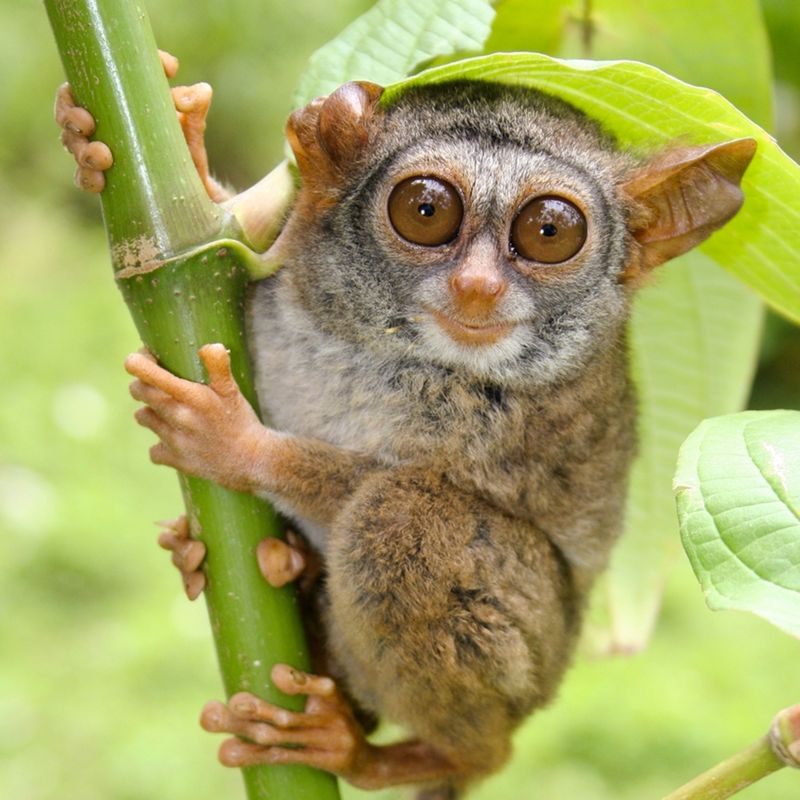
Tarsiers are small primates found in the forests of Southeast Asia, known for their enormous eyes and remarkable agility. As nocturnal hunters, tarsiers feed primarily on insects, leaping from branch to branch with precision.
Their eyes are so large they cannot move them in their sockets, instead rotating their heads almost 180 degrees to survey their surroundings. Tarsiers’ unique adaptations make them fascinating subjects of study, though they are increasingly threatened by habitat loss.
Conservationists strive to ensure these extraordinary creatures continue to thrive in their natural habitats.
Numbat
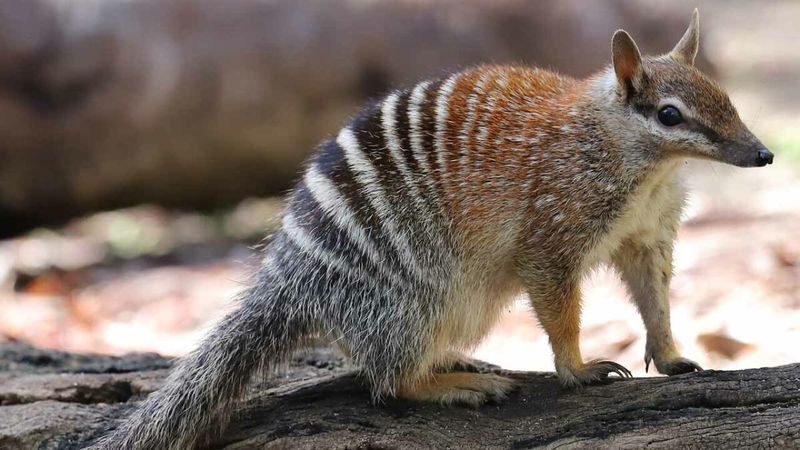
The numbat, a small marsupial native to Australia, is a diurnal creature with nocturnal tendencies. Known for its distinctive striped back and long, sticky tongue, the numbat feeds primarily on termites.
Unlike most marsupials, numbats are active during the day but retreat to their burrows at dusk, showcasing a blend of diurnal and nocturnal traits.
This unique behavior helps them avoid predators. Sadly, numbats are endangered, with populations dwindling due to habitat loss and predation by invasive species. Conservation efforts aim to protect these charming creatures and their habitats.
Galago
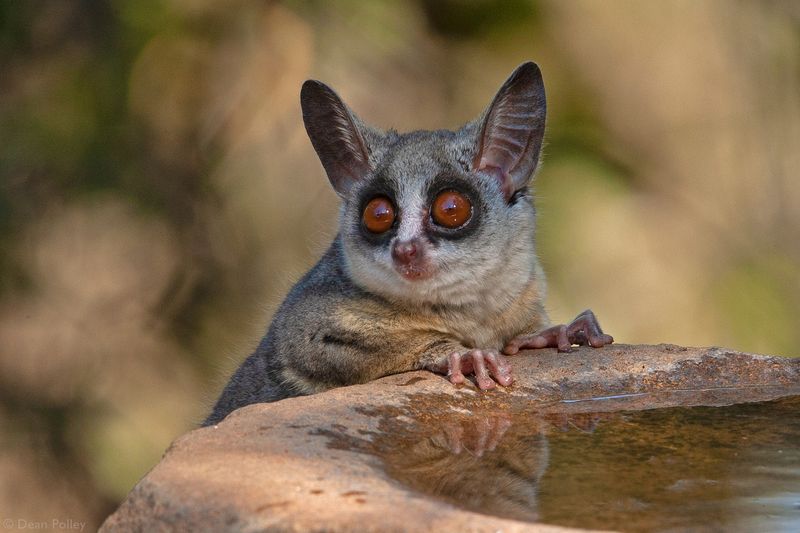
Galagos, commonly known as bushbabies, are small nocturnal primates found in Africa. Recognized for their large eyes and exceptional jumping abilities, they are a sight to behold in the night.
These agile creatures leap between branches with ease, aided by their powerful hind legs. Bushbabies feed on insects, fruit, and gum, relying on acute hearing and night vision.
Their name comes from the baby-like cries they produce, often echoing through the savannah. Despite their endearing nature, habitat destruction poses a threat to their survival, emphasizing the need for protective measures.
Binturong
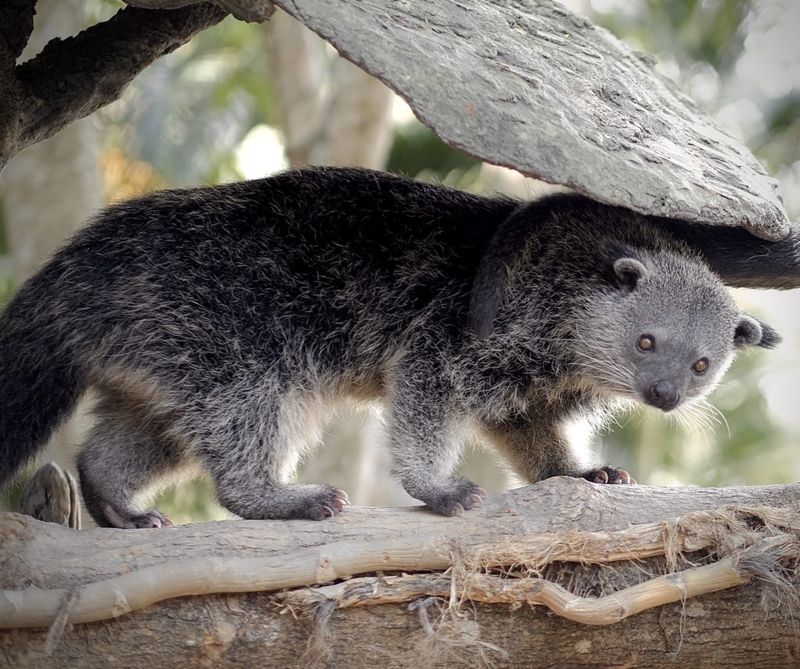
The binturong, or bearcat, is a peculiar mammal native to the forests of Southeast Asia. Despite its name, it is neither bear nor cat but is closely related to civets.
With its prehensile tail and shaggy coat, the binturong is well-suited to a nocturnal arboreal lifestyle. By night, this elusive creature climbs trees in search of fruit and small animals, often using its tail for balance.
The binturong’s musky scent is reminiscent of popcorn, a unique characteristic among animals. Threatened by habitat loss, conservation initiatives aim to protect this fascinating species.
Ocelot
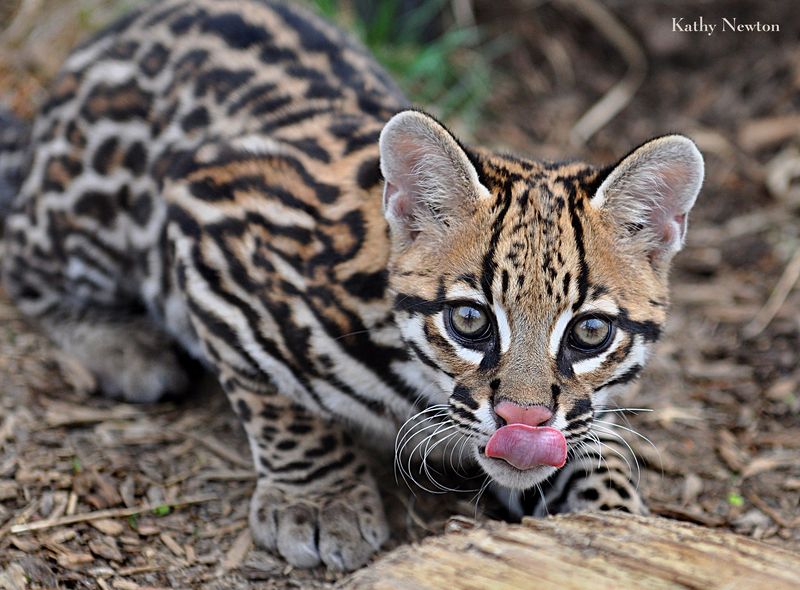
The ocelot is a striking wild cat native to the forests of Central and South America. With its beautifully patterned spotted coat, the ocelot is a master of camouflage.
As a nocturnal predator, it stalks the jungle under the cover of darkness, hunting small mammals, birds, and reptiles. Ocelots are solitary and territorial creatures, using their keen senses to navigate the dense forest.
Although their population is stable, habitat destruction and illegal poaching pose significant threats. Conservationists work to ensure these magnificent cats continue to roam freely in their natural habitats.
Maned Wolf
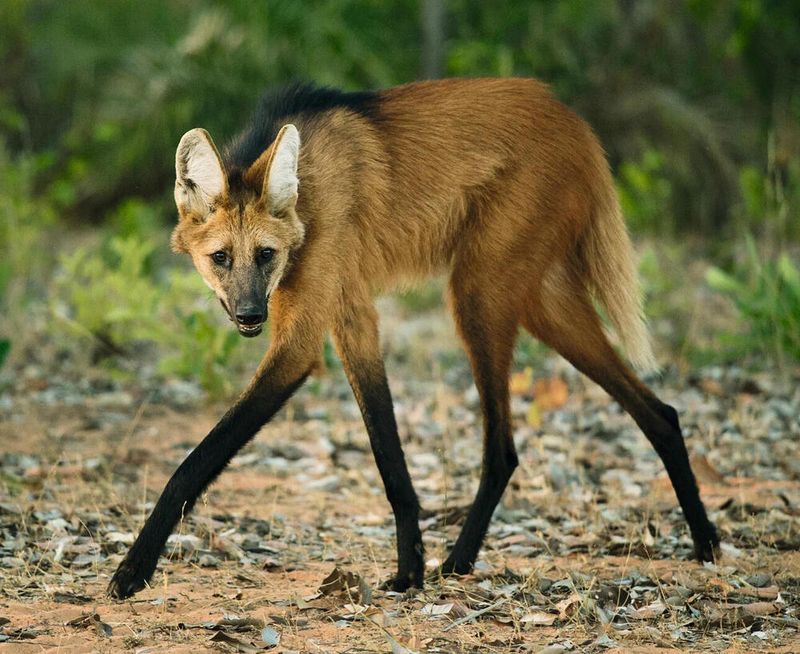
The maned wolf, native to the grasslands of South America, is an enigmatic creature with a fox-like appearance. Despite its name, it’s not a true wolf but the only species in its genus.
Known for its long legs and reddish fur, the maned wolf is a solitary nocturnal animal. It traverses the open plains at night, hunting small mammals and birds.
Unlike most canids, it includes a substantial amount of vegetation in its diet. Threatened by habitat destruction, efforts are underway to preserve its habitat and ensure the survival of this unique animal.
Serval
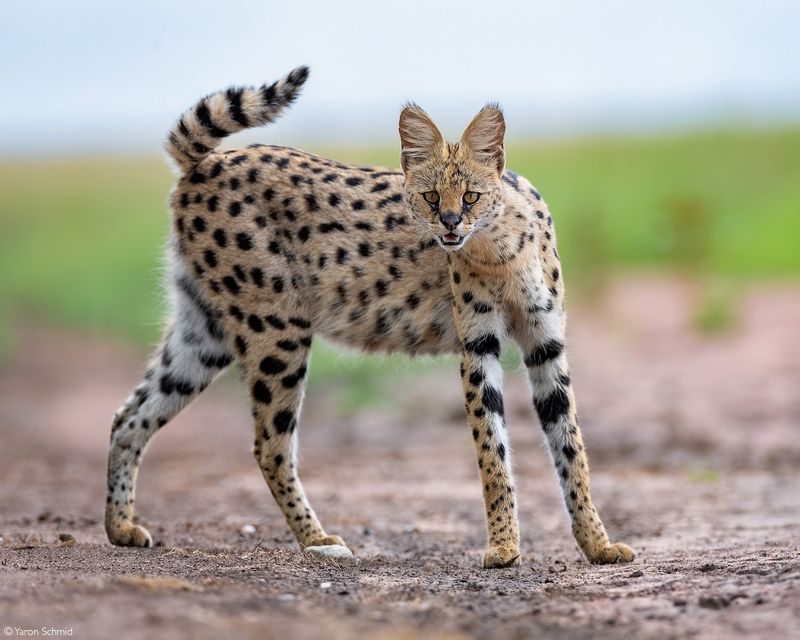
The serval is a sleek, medium-sized cat native to the African savannahs. Known for its tall ears and striking spotted coat, the serval is a master hunter. Mostly active during the night and early morning, it uses its acute hearing to locate prey hidden in the grass.
The serval’s long legs allow it to leap great distances, pouncing on unsuspecting rodents and birds. While not endangered, servals face threats from habitat loss and hunting.
Conservation efforts emphasize the importance of preserving their natural habitats to ensure their continued existence.
Fishing Cat
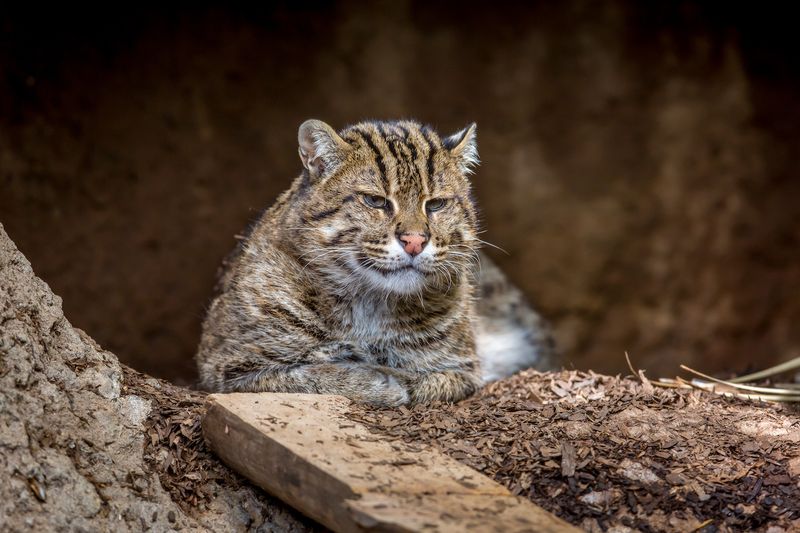
The fishing cat is a remarkable wild cat native to the wetlands of South and Southeast Asia. Unlike most cats, it is an adept swimmer, using its webbed paws to catch fish and other aquatic prey.
Primarily nocturnal, the fishing cat prowls riverbanks at night, relying on its sharp senses to detect movement in the water. Its short, coarse fur provides waterproofing, allowing it to thrive in its wetland habitat.
Unfortunately, habitat destruction and pollution threaten its existence, prompting conservation efforts to protect these unique felines and their aquatic environments.
Spectacled Owl
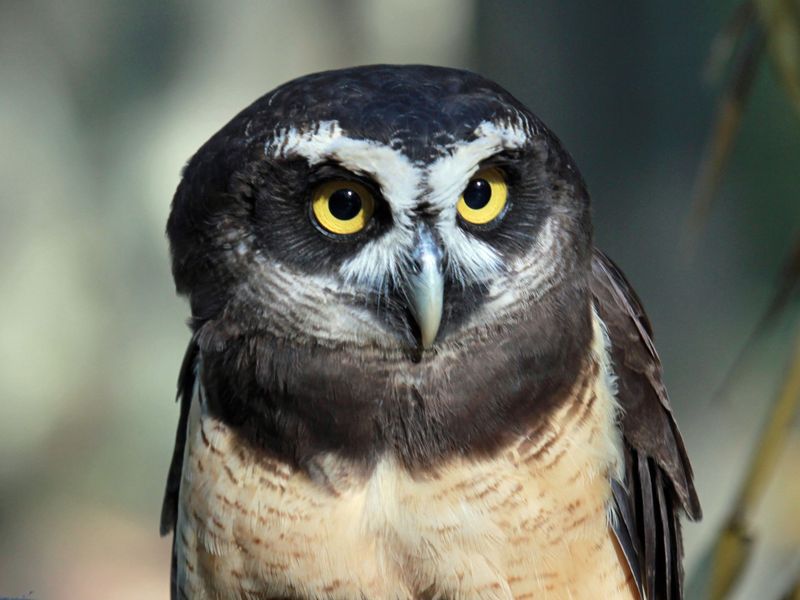
The spectacled owl is a striking nocturnal bird native to the tropical rainforests of Central and South America. Known for its distinctive facial markings that resemble spectacles, this owl is an adept hunter of the night.
It perches silently on branches, scanning the forest floor for small mammals and insects. With its keen eyesight and silent flight, the spectacled owl is a formidable predator under the cover of darkness.
While not endangered, deforestation threatens its habitat, making conservation efforts essential to protect this charismatic bird of prey.
Nightjar
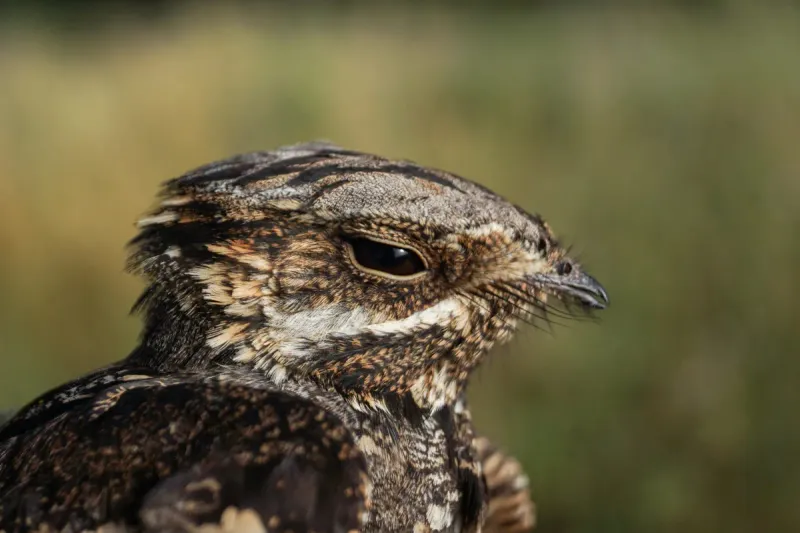
Nightjars are elusive birds found in various parts of the world, renowned for their exceptional camouflage and haunting calls. These nocturnal birds have mottled feathers that blend seamlessly with the forest floor, making them nearly invisible during the day.
At night, they become active, feeding on insects attracted to the moonlight. Nightjars are often heard before they are seen, their eerie calls echoing through the night air.
Despite their elusive nature, they play a vital role in controlling insect populations, highlighting the importance of preserving their natural habitats.
Civet
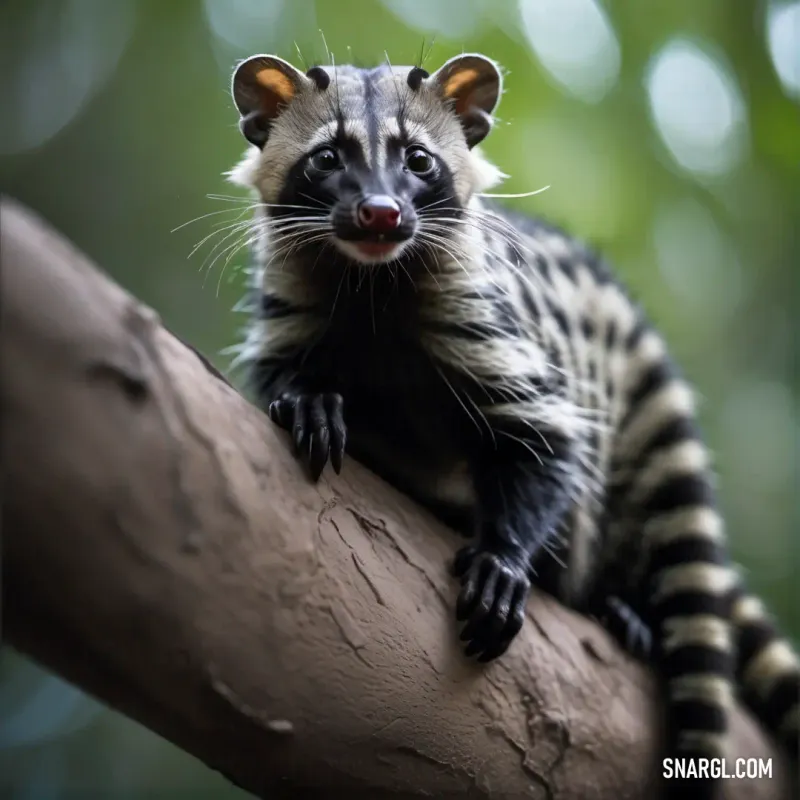
Civets are small, nocturnal mammals found throughout Asia and Africa, known for their distinctive facial masks and slender bodies. These solitary creatures are primarily frugivorous, but they also consume small animals and insects.
By night, civets navigate the dense jungle undergrowth, using their keen senses to locate food. They are also famous for producing civet coffee, made from coffee beans passed through their digestive systems.
Despite their cultural significance, civets face threats from habitat loss and hunting, necessitating conservation measures to protect these intriguing animals and their habitats.
Barn Owl
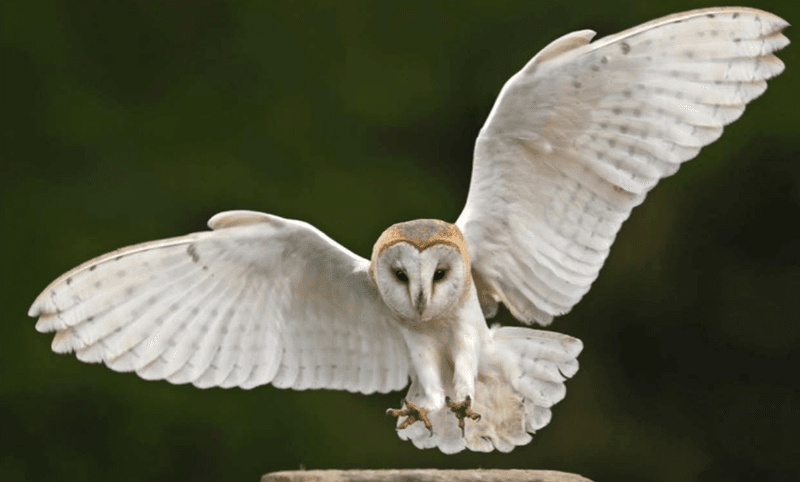
The barn owl is a widely recognized nocturnal bird of prey, known for its heart-shaped face and silent flight. Found across the globe, these owls inhabit open fields and farmlands, often nesting in barns, hence their name.
At night, barn owls hunt for rodents, using their acute hearing to pinpoint prey even in complete darkness. Their ability to fly silently makes them efficient hunters.
Despite their adaptability, barn owls face challenges from habitat loss and rodenticide poisoning. Conservation programs focus on providing suitable nesting sites to support barn owl populations.
Sugar Glider
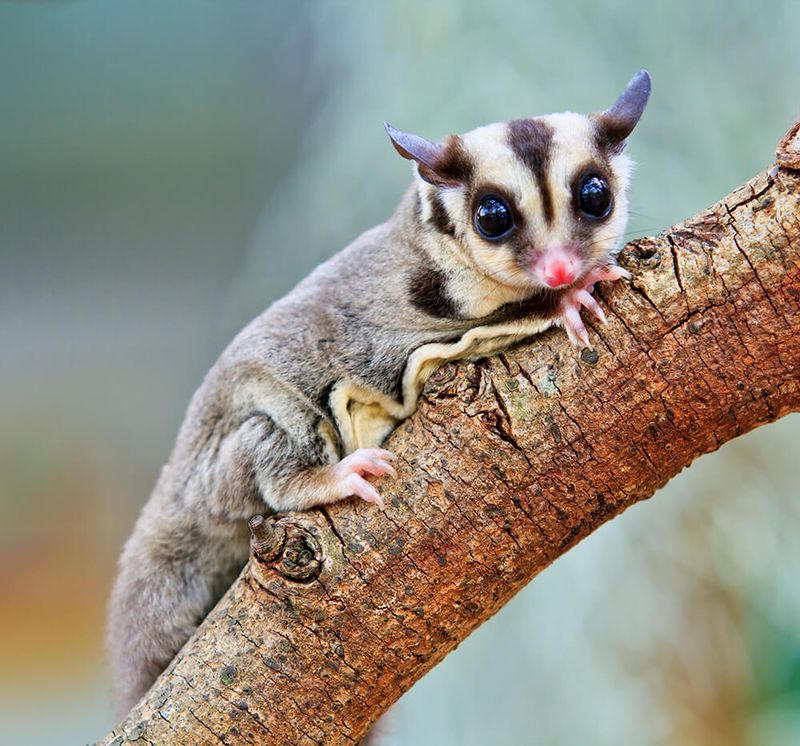
The sugar glider is a small, nocturnal marsupial native to Australia and New Guinea. Known for its ability to glide between trees, it uses a membrane called a patagium to sail through the air.
Sugar gliders are social animals, often seen in groups as they forage for nectar, fruit, and insects. Their large eyes and keen sense of smell aid in nocturnal navigation.
Due to habitat destruction and the pet trade, sugar gliders face various threats. Conservationists work to protect their natural environments, ensuring these charming creatures continue to thrive in the wild.
Ghost Bat
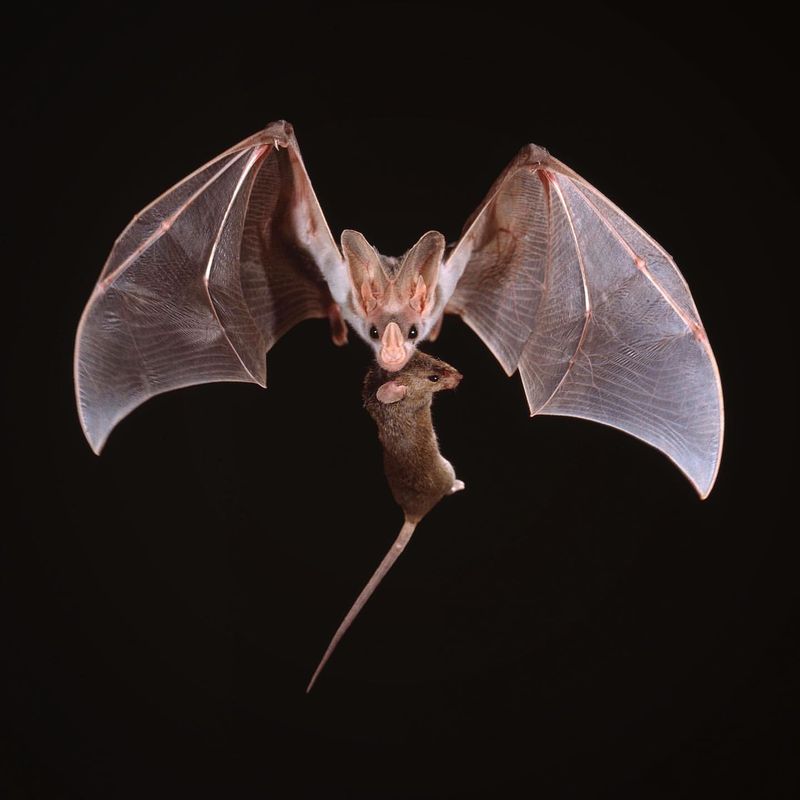
The ghost bat, native to Australia, is a unique nocturnal mammal known for its translucent wings and predatory habits. Unlike most bats, the ghost bat is a carnivore, preying on small vertebrates.
At night, it emerges from its cave roosts to hunt, using echolocation and sharp eyesight to locate prey. Its membranous wings enable agile flight, making it a formidable predator.
Ghost bats face threats from habitat destruction and cave disturbances. Conservation efforts aim to protect their roosting sites and ensure the survival of this remarkable species.
Genet
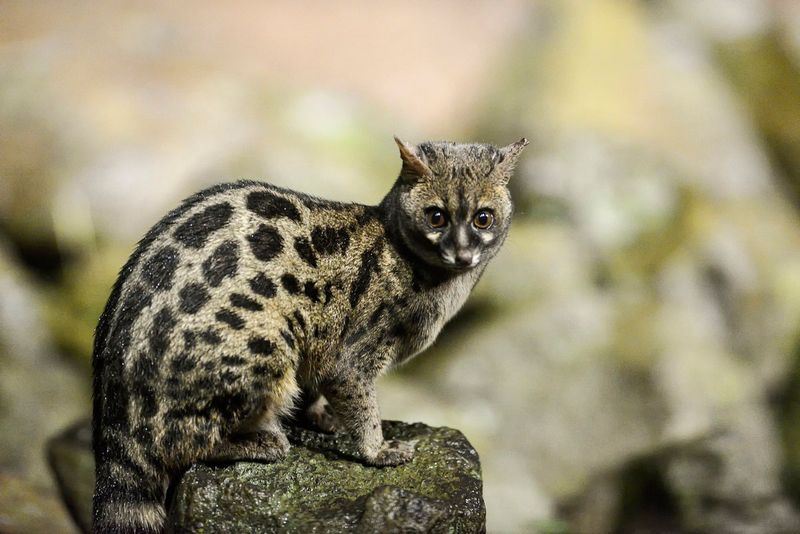
Genets are sleek, nocturnal mammals native to Africa, recognizable by their spotted coats and long tails. These solitary animals are adept climbers, often seen navigating trees with agility.
By night, genets hunt small mammals, birds, and insects, using their sharp senses to detect prey. Despite their cat-like appearance, genets are more closely related to mongooses. They are adaptable creatures but face challenges from habitat destruction and hunting.
Conservation initiatives focus on habitat preservation and public awareness to protect genets and their ecosystems for future generations.
Quokka
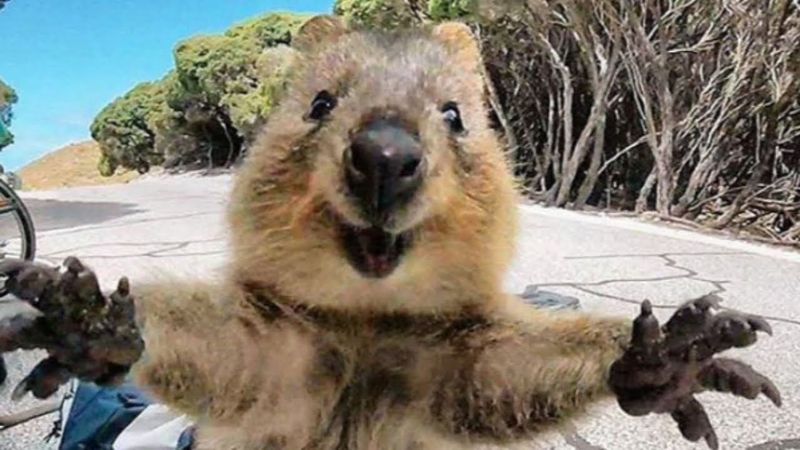
The quokka, often dubbed the ‘world’s happiest animal,’ is a small marsupial native to Australia, particularly Rottnest Island. Known for its friendly appearance and round face, the quokka is primarily nocturnal, grazing on grasses and leaves at night.
Despite its cheerful looks, the quokka faces threats from habitat loss and invasive species. Conservation efforts on Rottnest Island and beyond aim to protect these charming creatures and their habitats, ensuring future generations the joy of encountering these delightful animals.
Their social nature and curiosity make them a favorite among wildlife enthusiasts.
Little Penguin
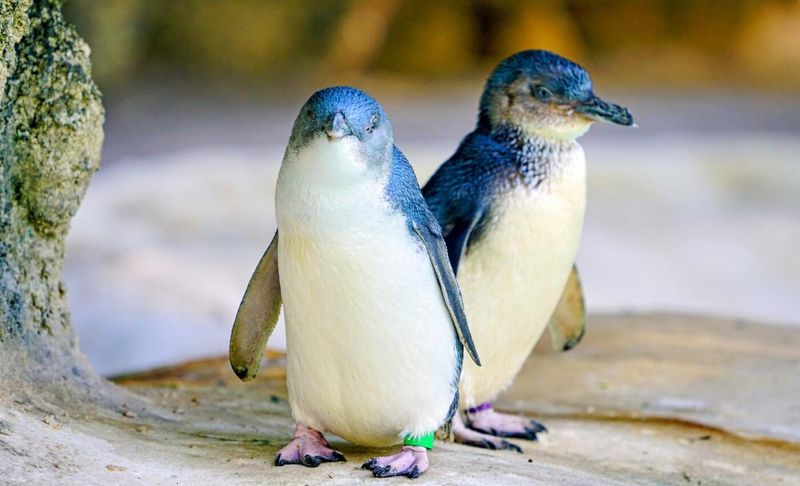
The little penguin, also known as the fairy penguin, is the smallest species of penguin, found in coastal areas of Australia and New Zealand. These nocturnal birds return to their colonies under the cover of night, waddling adorably along the beach.
Despite their small size, they are skilled hunters, diving for fish during the day. At night, their social calls fill the air as they reunite with their mates.
The little penguin faces threats from pollution and habitat disturbance, prompting conservation efforts to safeguard their breeding sites and ensure their continued survival.

